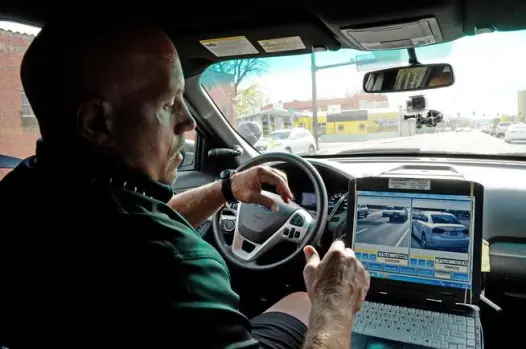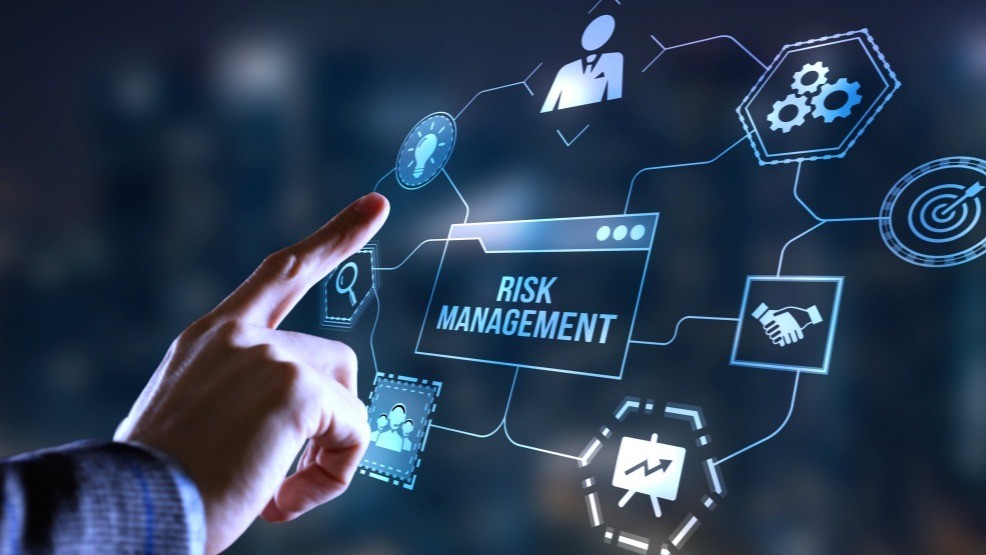Why Fast, Mobile Response Matters
When an alarm trips at 1:43 a.m., a trespasser appears on a camera feed, or a disturbance escalates near your loading dock, you can’t afford voicemail or vague ETAs. You need mobile emergency security response that verifies the signal, deploys the nearest trained unit, and resolves the issue before it spreads. Done right, a mobile program blends live monitoring, route staging, and on-scene protocols—so your sites get immediate, professional help and a clear incident record.
At City Wide Protection Services, we design mobile response as a system, not a scramble: operators verify, patrol units roll with site-specific run-books, and reports close the loop with photos, timelines, and practical fixes.
What “Mobile Emergency Security Response” Really Includes
Verification Before Wheels Roll
Every alert—intrusion, glass break, door prop, or panic—is confirmed by an operator using camera clips, sensor history, and passcodes. That triage cuts false dispatches and accelerates the right response.
Staged Patrol Assets
Marked sedans, SUVs, and trucks are strategically positioned near logistics corridors, retail clusters, and residential hot spots. Staging trims drive time and amplifies visible deterrence.
On-Scene Stabilization
Once deployed, officers perform a perimeter sweep, use de-escalation and voice-down where available, secure doors, document damage, and coordinate with law enforcement when thresholds are met.
Evidence-Ready Documentation
Incidents wrap with time-stamped notes, photo evidence, and recommendations—lighting, signage, landscaping, camera-angle tweaks—so repeat causes actually stop repeating.
Smart external read: FEMA’s “Ready Business” materials outline preparedness and response principles that pair well with mobile security programs.
Use Cases Where Mobility Makes the Difference
Apartments & HOAs
Garages, package rooms, pools, and gates are high-activity zones with predictable peaks. Mobile emergency security response applies verification and a quick on-site presence that deters tailgating, amenity misuse, and vehicle tampering—politely and consistently.
Retail, Mixed-Use & Hospitality
Evening loitering, glass-break alerts, and after-hours deliveries demand swift intervention with minimal disruption. Mobile units arrive with a precise brief and help keep storefronts open and guest experience intact.
Industrial, Logistics & Construction
Docks, laydown yards, and fuel points become targets after hours. Camera-directed tours and mobile response neutralize intrusions, protect timelines, and preserve high-value materials.
Campuses, Healthcare & Cultural Venues
Visitor management and de-escalation come first. When risk escalates, officers coordinate clean handoffs with law enforcement—maintaining calm and compliance.
Want to see how a broader plan supports rapid response? Review our Emergency Response Security overview—escalation trees, dispatch rules, and reporting that dovetail with mobile units.
The Dispatch Playbook: From Alert to Outcome
- Detect – Intrusion, access, video analytics, or panic events route into 24/7 dispatch.
- Verify – Operators confirm with clips, sensor patterns, and passcodes; when speakers exist, issue voice-down (“Security speaking—you are on camera. Please leave immediately.”).
- Dispatch – The nearest unit gets site maps, post orders, and the exact hot spot—no guesswork.
- Stabilize – Officers secure points of entry, address behavior via de-escalation, reset systems, and coordinate with police when thresholds are met.
- Close Out – A timestamped report with photos and recommendations (lighting, camera re-aims, signage, access rules) prevents repeats and supports claims.
Features That Separate “Fast” From “Professional”
Video-Verified Alarms
Verification reduces false dispatches and directs officers to a specific bay door, not a vague “rear of building.”
Access & Gate Control Integration
Vendor validation, anti-tailgating, and temporary credentials run inside one workflow—closing the loop between cause and effect.
Randomized, Documented Patrols
Beyond emergencies, randomized loops with GPS checkpoints and photo logs prove coverage, surface patterns, and guide corrective fixes.
KPI Dashboard
Track alert-to-verify time, verify-to-dispatch time, on-scene arrival, false-alert reduction, and repeat-cause fixes closed. If it isn’t measured, it won’t improve.
Building a Mobile Emergency Program (Step-by-Step)
Map the Risk Windows
Walk each site by day and night. Identify choke points, blind corners, delivery patterns, and after-hours peaks.
Stage the Fleet
Position vehicles near border zones and call-dense corridors, then plan surge coverage for weekends, month-end retail, or event seasons.
Author Clear Run-Books
Write simple escalation matrices: which events get voice-down only, which trigger mobile response, and when law enforcement is requested. Keep local notes without breaking the standard.
Train the Team
Practice tailgating stops, lock-outs/resets, lobby incidents, and evidence capture. Drills turn policy into muscle memory.
Tune and Improve
Monthly KPI reviews and heatmaps guide route tweaks, camera re-aims, and low-cost fixes (lighting, signage, landscaping) that make problems vanish.
Signs Your Mobile Response Is Working
- Arrival times drop during your highest-risk windows, not just at flagship locations.
- Repeat incidents decline after targeted fixes are executed.
- Evidence quality improves—clear photos, timelines, and close-out notes support claims and deters repeat behavior.
- Resident/tenant satisfaction rises as nuisance activity falls and communication gets clearer.
Why City Wide Protection Services
- Proven Scale & Speed — 350+ properties protected, 65,000+ responses since 2016, and 30+ verifiable life-saving interventions since 2020.
- Hybrid Patrol Fleet — Marked sedans, SUVs, and trucks staged for fast arrival and visible deterrence—tailor-made for mobile emergency security response.
- Integrated Stack — Live camera monitoring, access control, alarm verification, and mobile patrols run as one system—alerts become outcomes.
- Transparent Reporting — Time-stamped logs, photo evidence, and monthly KPI reviews you can share with owners, boards, and insurers.
Frequently Asked Questions
Do mobile units replace police?
No. They deter, stabilize, and document—then coordinate with law enforcement when thresholds or statutes require.
Can you integrate with our cameras and panels?
Yes. We work with most VMS and alarm platforms and add analytics or speakers where they move the needle.
What if one site is a chronic hot spot?
We surge patrols, add checkpoints, and adjust routes while implementing quick fixes—lighting, signage, and access rules—to break the pattern.
Ready to Turn Alerts Into Outcomes?
Don’t let alarms linger or incidents escalate. With mobile emergency security response, you get verified alerts, rapid deployment, and decisive close-outs—so small problems stay small and serious issues are handled quickly.
Call us: 888-205-4242
Email: [email protected]
We’ll map your portfolio, stage patrol assets, and launch a rapid program that proves its value from week one.







